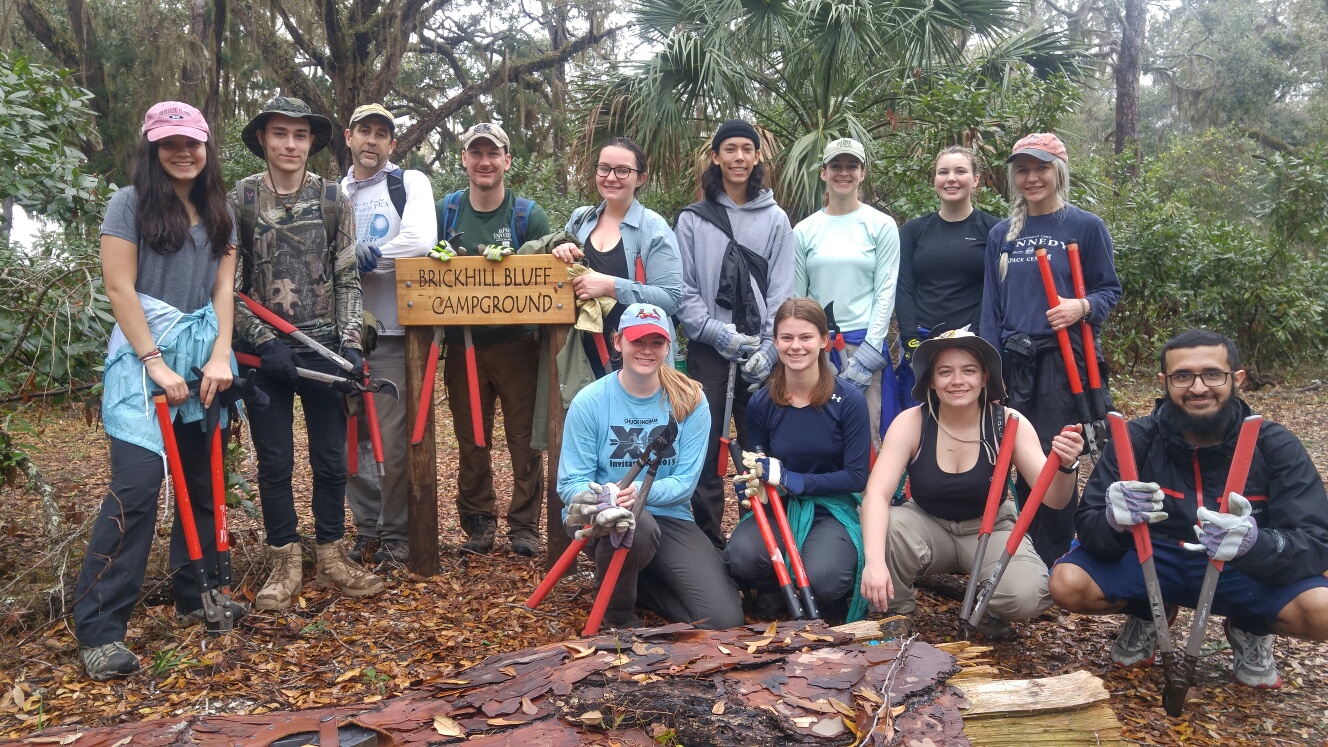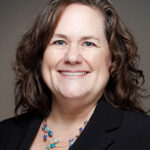A Holistic Framework for Recreation, Wellness, and Community Impact
 The concept of sustainability, as defined by the Brundtland Commission in 1987, is “meeting the needs of the present without compromising the ability of future generations to meet their own needs.” For higher education, this principle requires more than environmental commitments. It demands an integrated approach that balances environmental, economic, and social sustainability.
The concept of sustainability, as defined by the Brundtland Commission in 1987, is “meeting the needs of the present without compromising the ability of future generations to meet their own needs.” For higher education, this principle requires more than environmental commitments. It demands an integrated approach that balances environmental, economic, and social sustainability.
At CENTERS-managed locations, this balance is foundational. We foster resilient systems that support students, communities, and institutions for the long term while operating facilities to peak performance.
Environmental Sustainability in Higher Education Campus Centers
Environmental sustainability is often the most visible pillar, associated with green building certifications and resource conservation. But it’s also a powerful educational tool and institutional priority. In campus life centers, this includes:
- Renewable Energy: Reducing reliance on fossil fuels by adopting solar, wind, or geothermal sources
- Efficient Resource Use: Installing high-efficiency HVAC systems, water-saving fixtures, and LED lighting
- Sustainable Landscaping: Using native plants to reduce irrigation and maintenance costs while supporting biodiversity
- Carbon Offsetting: Supporting projects like reforestation to balance emissions
- Sustainable Transportation: Promoting walking, biking, and shared transportation through campus design
The Sonnentag Center at UW-Eau Claire exemplifies environmental leadership. Designed to meet LEED Gold standards and awarded WELL Health-Safety certification, it demonstrates sustainable design in action. The Sonnentag also functions as a living laboratory for academic programming, which uses the facility as a teaching tool for sustainability-focused curricula.
At Cleveland State University, the Rec Center features SportsArt ECO-POWR™ cardio equipment that converts energy from workouts back into the facility’s power grid. The building also includes a 7,000-square-foot green roof, which improves insulation, reduces runoff, and serves as an educational platform for student sustainability initiatives.
Economic Sustainability Through Campus Partnerships and Innovation
Economic sustainability ensures that operations are financially sound and future-focused. In campus life facility operations, this pillar supports institutional resilience by:
- Balancing Budgets: Aligning allocations and revenue with operational and capital needs
- Protecting Assets: Safeguarding facilities, financial resources, and intangible assets through effective governance
- Smart Procurement: Choosing durable, sustainable materials and exploring leasing or local sourcing
- Diversifying Revenue: Generating income through memberships, sponsorships, events, rentals, and partnerships
At The Sonnentag, CENTERS manages a diverse revenue model that includes community memberships, event rentals, and a strategic partnership with Mayo Clinic Health System, which anchors a diagnostic imaging and sports medicine center. This integrated approach supports financial health while contributing to regional wellness infrastructure.
At DePaul University, CENTERS supports economic sustainability through community membership programs, a longstanding summer youth camp, and partnerships with Chicago-based sport and social clubs, which bring new revenue into campus life while enhancing neighbor relations.
At Cleveland State University, the Student Center and Event and Conference Services teams also demonstrate economic alignment with this mission by incorporating sustainable procurement practices, like using local vendors and minimizing disposable materials.
Social Sustainability: Inclusive, Equitable, People-First Operations
Social sustainability is an equally important pillar. Without inclusive practices and human-centered design, even the most sustainable and efficient buildings will fail to deliver lasting value.
“If your people don’t feel valued, you’re not sustainable—no matter how green your building is.” Andy Bruni, Associate Director for CENTERS at the University of Missouri–St. Louis.
Key components include:
- Program Accessibility: Offering free and low-cost programs to reduce barriers to participation
- Representation and Inclusion: Ensuring spaces and staff reflect the diversity of the communities they serve
- Inclusive Design: Creating spaces that welcome people of all abilities and identities
- Fair Labor Practices: Prioritizing equitable pay, safe working conditions, and leadership development
At DePaul University, every program area includes both free and fee-based options, ensuring equitable access regardless of financial status.
Marshall University’s Rec Center team also operates the Fitch Natatorium, allowing CENTERS to create fair employment models and strong leadership pipelines for student staff. By managing these facilities together, Marshall maximizes impact without duplicating costs or compromising support.
At Harper College, Campus Rec partners with the school’s Career Skills Institute, offering customized internships for students with intellectual disabilities. The program builds confidence, workplace skills, and a sense of belonging, while also allowing part-time staff to coach and lead. It’s a scalable model for inclusive workforce development.
Moraine Valley Community College’s FitRec expands access by offering exergaming for children and older adults. These interactive wellness options lower intimidation barriers and support healthy habits across generations, helping FitRec meet its community where they are.
Achieving Sustainability: The Interdependence of All Three Pillars
True sustainability exists only when environmental, economic, and social priorities are maximized. A building can be energy-efficient, but if it’s financially unstable or socially exclusive, it won’t fulfill its intended outcomes. Likewise, even the most inclusive space must be economically and environmentally viable to endure.
Higher education has a unique opportunity to model this balance for future generations. CENTERS supports this mission by managing facilities that reflect the full spectrum of sustainability, from inclusive programming to energy performance and fiscal strategy.
Sustainability isn’t a checklist, it’s a continuous, interconnected process. When environmental, economic, and social systems are aligned, campus facilities become more than buildings. They become catalysts for healthier people and stronger communities.

 About the Author:
About the Author: